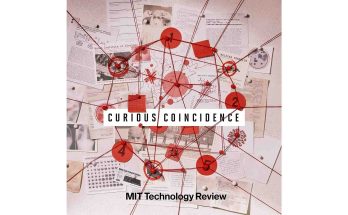“How Reliable Is Smartphone-Based Electronic Contact Tracing for COVID-19?”
Communications of the ACM, January 2022, Vol. 65 No. 1, Pages 56-67
Contributed Articles
By Philipp H. Kindt, Trinad Chakraborty, Samarjit Chakraborty
“Identifying the optimal trade-off between discovery latency, energy consumption, and success probability is crucial for efficient and reliable contact tracing.”
With global surges of the novel Coronavirus SARS-CoV-2 in 2020 and 2021, electronic contact tracing has been adopted in different countries, the goal being to identify the most relevant contacts with a reasonable reliability. Owing to the need to quickly reduce the number of transmissions, contact-tracing solutions built on smartphones were developed because they could be mass-deployed on short notice. Their major advantage was that the hardware was already deployed and only the software remained to be developed.
Studies have shown that smartphone-based solutions can indeed help to control the spread of infectious diseases. However, as we discuss in this article, they cannot reliably record all contacts. Furthermore, the classification of whether a contact is relevant is based on contact duration and proximity, which can only be determined with limited granularity using smartphones. On the other hand, dedicated contact-tracing devices were not available immediately because they required the development and production of custom hardware. Such custom-designed hardware in the form of wearable devices, along with custom-built communication protocols for contact tracing, can potentially overcome many limitations of smartphones. While such devices are being developed, they have not attracted sufficient attention of public health policymakers, and very little discussion about them has reached the public sphere. Moreover, many medical professionals and policymakers are not adequately aware of the limitations of smartphones or the advantages of dedicated wearable contact-tracing devices. The goal of this article is to highlight this gap, especially considering that contact tracing will be an important requirement in the future, even after we overcome this ongoing COVID-19 crisis.
When modeling the spread of infections in a pandemic, every infected person is considered to infect R others, where R is the effective reproduction rate. Recent studies—for example, Ferretti et al.—suggest that the value of R can be reduced using electronic contact tracing. The extent of this reduction depends on two factors. The first, adoption rate, is the percentage of the population that uses a smartphone-based contact-tracing app. The second factor is determined by the probability with which a smartphone can reliably detect and classify a contact, which again depends on multiple factors discussed later in this article.
Much of the current discussion about smartphone-based contact tracing’s success has focused on user adoption rates. However, most work on modeling the effect of electronic contact tracing has implicitly assumed that whenever a smartphone is used, it reliably registers all or at least a certain percentage of relevant contacts. The validity of this assumption has not been sufficiently studied and is the focus of this article.
About the Authors:
Philipp H. Kindt is an assistant professor at Chemnitz University of Technology, Chemitz, Germany.
Trinad Chakraborty is a professor at Justus-Liebig University Giessen and the German Center of Infection Research, Germany.
Samarjit Chakraborty is a William R. Kenan, Jr. Distinguished Professor at the University of North Carolina at Chapel Hill, NC, USA.
See also:






